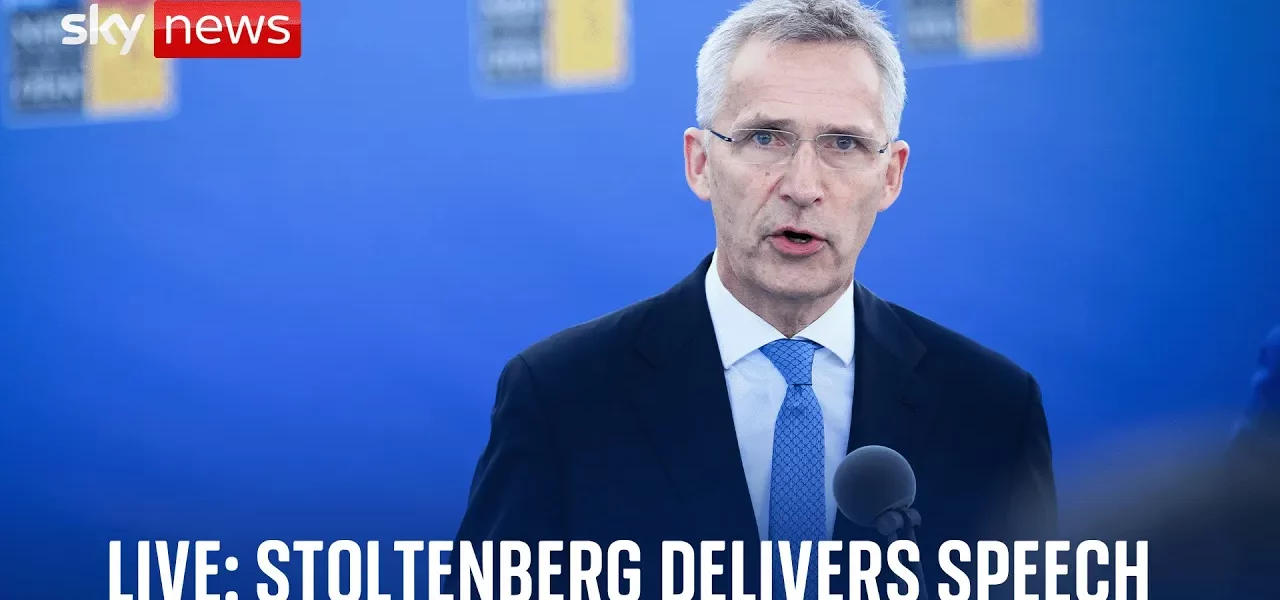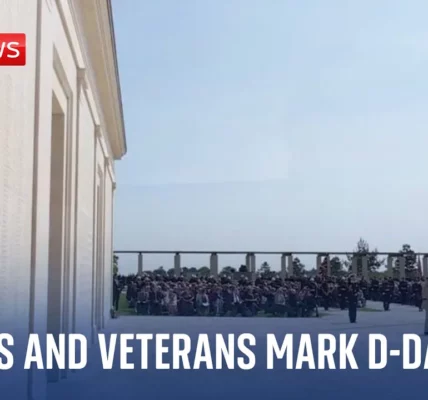NATO’s Commitment to Supporting Ukraine: An Overview

This article delves into the recent discussions and agreements made by NATO regarding its support for Ukraine, highlighting financial pledges, military aid, and the path towards Ukraine’s NATO membership.
Introduction
The ongoing conflict in Ukraine, exacerbated by Russia’s aggressive actions, has prompted NATO to enhance its support for the country. Recent meetings among NATO foreign ministers have focused on crucial topics, including military aid, financial commitments, and Ukraine’s aspirations for NATO membership. This article explores the key points discussed, the implications for Ukraine, and the overall strategy NATO is adopting to ensure Ukraine’s security and stability.
NATO’s Coordinating Role in Military Support
NATO has recognized the necessity of playing a greater coordinating role in the provision of military equipment and training to Ukraine. With approximately 99% of military aid coming from NATO allies, it is logical for NATO to streamline these efforts to maximize effectiveness.
Significance of Enhanced Coordination
- Improves predictability for Ukraine regarding military support.
- Ensures immediate and long-term needs are addressed effectively.
- Utilizes NATO’s existing structures to solidify support.
Financial Pledge for Long-Term Support
During the discussions, a proposal for a multi-year financial pledge for Ukraine was put forth, aiming to maintain the current level of military support, estimated at around €40 billion annually. This commitment is essential to provide Ukraine with the necessary resources to sustain its defense efforts against Russia.
Ukraine’s Path to NATO Membership
Another crucial aspect of the NATO discussions revolved around Ukraine’s ambition to join the alliance. NATO allies have agreed that Ukraine’s future lies within NATO, and significant steps have been taken to streamline the membership process.
Key Steps Towards Membership
- Removal of the requirement for a Membership Action Plan, simplifying the process.
- Establishment of a comprehensive package for interoperability, aligning Ukraine’s military capabilities with NATO standards.
- A commitment to continued support from NATO as Ukraine progresses towards membership.
Importance of NATO Membership
Membership in NATO is viewed as Ukraine’s ultimate security guarantee, essential for ensuring lasting peace and stability. As NATO strengthens its support, it simultaneously reinforces Ukraine’s defense capabilities and its position as a future member.
The Context of the Conflict
The backdrop of NATO’s discussions is the ongoing war initiated by Russia’s annexation of Crimea and the full-scale invasion of Ukraine in 2022. This conflict has resulted in significant civilian casualties and destruction of infrastructure, prompting NATO’s commitment to supporting Ukraine’s right to self-defense.
Understanding Self-Defense
Self-defense, as articulated by NATO, is a fundamental right recognized in international law. Ukraine’s ability to defend itself is essential not only for its sovereignty but also for sending a strong message to Russia that it cannot simply outlast NATO’s support.
NATO’s Evolving Support Mechanism
As the conflict progresses, NATO’s approach to support has evolved. The alliance has begun to ease restrictions on the types of military aid provided to Ukraine, reflecting the changing nature of the war and the need for more effective responses.
Adapting to New Realities
- Increasing flexibility in the use of weapons by NATO allies.
- Addressing legitimate military targets in Russia as part of Ukraine’s self-defense strategy.
- Continuing to coordinate support to ensure timely and adequate deliveries to Ukraine.
NATO’s Global Security Implications
The ongoing support for Ukraine has broader implications for global security. The conflict has revealed connections between European and Asian security, emphasizing the need for NATO to strengthen partnerships with other regions, particularly in response to China’s support for Russia.
Strengthening Global Partnerships
NATO plans to enhance cooperation with key partners in the Asia-Pacific region, such as Japan, South Korea, New Zealand, and Australia, recognizing that security challenges are not confined to one region.
Conclusion
NATO’s recent meetings and decisions reflect a robust commitment to supporting Ukraine in its struggle against Russian aggression. The alliance’s coordinated military aid, financial pledges, and the pathway towards membership highlight the importance of a united front in ensuring Ukraine’s sovereignty. As the situation evolves, NATO remains steadfast in its support, reinforcing the message that aggression will not go unanswered. To stay updated on NATO’s initiatives and the situation in Ukraine, consider following our related articles on international relations and defense.
“`




